GUEST BLOGGER LAUREN KERSTEIN
Science-based activities to help students tackle their feelings
Did you know that stomachaches, headaches, and dizziness can be physical symptoms of dysregulated emotions. In fact, effective emotion regulation can lead to better health. In my book, HOME FOR A WHILE, Illustrated by Natalia Moore (Magination Press, 2021), Calvin faces challenges managing his emotions. He experiences negative thoughts and feelings and must find a way to tackle them. Here are a few science-based activities to help you support your students on their emotional journeys.
Activity #1: Cave people
Help your students understand the primitive instincts we learned from cave people. Most of us have heard about flight and fight, but have you heard about freeze and fall asleep? The more students understand their reactions, the more effectively they can manage related emotions.
Let Calvin be your guide. Students benefit from learning from another person’s experience in order to better understand themselves. Books are a wonderful way to “safely” explore triggers, reactions, and emotions.
Materials
- HOME FOR A WHILE
- Optional: Detective glasses or a magnifying glass
Procedure
- Read HOME FOR A WHILE.
- What triggered Calvin’s negative thoughts and feelings?
- What negative thoughts did he have?
- How did he respond? (Flight, Fight, Fall, Asleep, Other)
- What strategies helped Calvin?
Activity #2: Play the situational challenge game
Help your students better understand their responses (and thus effectively manage them).
Materials
- Dry erase board/markers
Procedure
- Divide board into four sections. Fight, Flight, Freeze, Fall Asleep
- Ask your students: What situations make you want to flee or run?
- To fight?
- Freeze?
- Fall asleep?
- Add situations to the categories. Talk about how people experience situations uniquely.
Activity #3: Where do feelings live in your body?
In order to manage our emotions more effectively, it’s important to understand both our feelings and where we feel them.
Materials
- Writing utensil
- Large paper (or cement space)
Procedure
- Break students into small groups.
- Have students lie down on the paper or pavement, and “trace/outline” each other.
- Ask students to identify their three most common feelings and assign them a color. For example: red=angry, yellow=scared, green=happy
- Encourage students to draw “where” they feel these feelings in their bodies.
- Discuss.
Activity #4: Kryptonite
We all have triggers, situations/sensory input, and people that act as kryptonite and disrupt our ability to manage emotions. Understanding our kryptonite can lead to better emotion regulation. You can grow crystals with your students to drive this point home. Here’s a recipe to try:
Materials
- Magnesium sulfate (Epsom salt)
- Food coloring
- 250 ml beaker
- Shoebox, tissue box, clear jar, or envelope
- Index cards/smaller pieces of paper
Procedure
- Stir ½ cup of magnesium sulfate with ½ cup of HOT tap water for at least one minute.
- Add a couple of drops of food coloring.
- Put the beaker in the refrigerator.
- Crystals will grow in a few hours.
- While the crystals grow, create strategy toolkits. Write down ways to “break through” the kryptonite. Students can draw pictures of strategies too. The following may help:
Activity #5: Flip it
Negative thoughts are one of the most common forms of kryptonite. Learning to conquer negative thoughts is a powerful strategy.
Materials
- Index cards
- Pen or pencil
Procedure
- Have students write down one negative thought per card.
- Ask them to lay the cards on their desk—negative thought-side up.
- Set a timer for two minutes. Have students flip their cards over and write new positive thoughts on the back of each card before the timer goes off.
Activity #7: Putting it all together: The power of the written word
Crafting stories can help students assimilate emotion regulation strategies.
Materials
- Paper
- Pen
- Below Graphic Organizer
Procedure
- Have students create a character. Does this character typically go into flight, fight, freeze, or fall asleep.
- Encourage students to write a short story about this character that includes a trigger, response, and strategy. (They might identify three strategies that help their character.)
Finally: Remind your students they have the POWER to manage thoughts and feelings!
Featured image credit: “Group of five happy children jumping outdoors.” by Lighttruth is licensed under CC BY-NC 2.0.
Lauren H. Kerstein is an author and psychotherapist. She is a Jersey girl at heart who currently lives in Colorado with her husband, their two dragons…er, daughters, and their rescue dogs. Lauren is the author of the Rosie the dragon and Charlie picture book series (Illustrated by Nate Wragg/Two Lions) and HOME FOR A WHILE (Illustrated by Natalia Moore/Magination Press). REMEMBERING SUNDAYS WITH GRANDPA (Illustrated by Nanette Regan/Beaming Books) is expected Fall 2023.
Lauren also writes books in her field. Lauren’s books include themes of courage, flexible thinking, friendship, social emotional learning, foster care, seeing your strengths, sensory issues, and emotion regulation. She is represented by Deborah Warren with East/West Literary Agency. Her writing goals are simple. Read voraciously. Embrace feedback. Grow each day. Work hard. Be passionate. Write courageously. Touch children’s hearts. You can visit her at www.LaurenKerstein.net, on Twitter and Insta at: @LaurenKerstein, and on FB at https://www.facebook.com/lauren.kerstein/ or https://www.facebook.com/laurenkersteinauthor/.




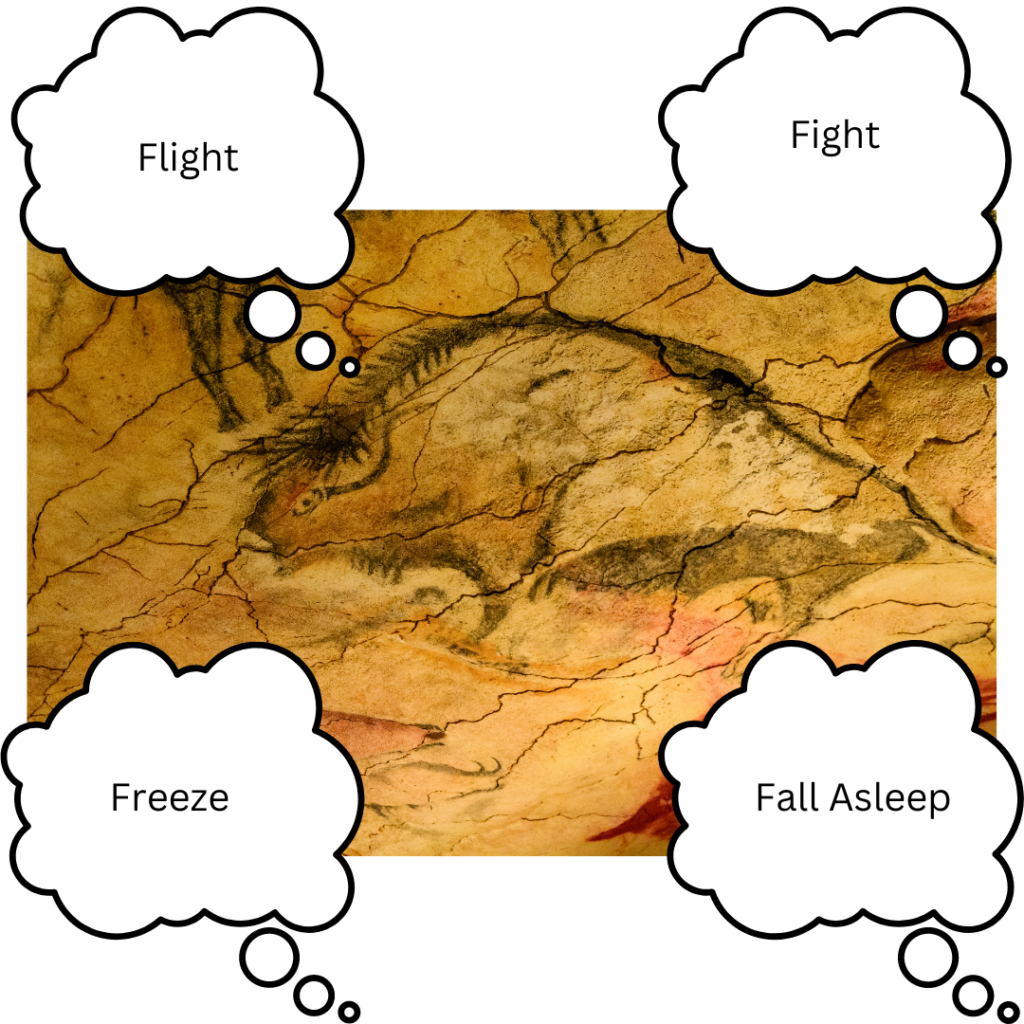
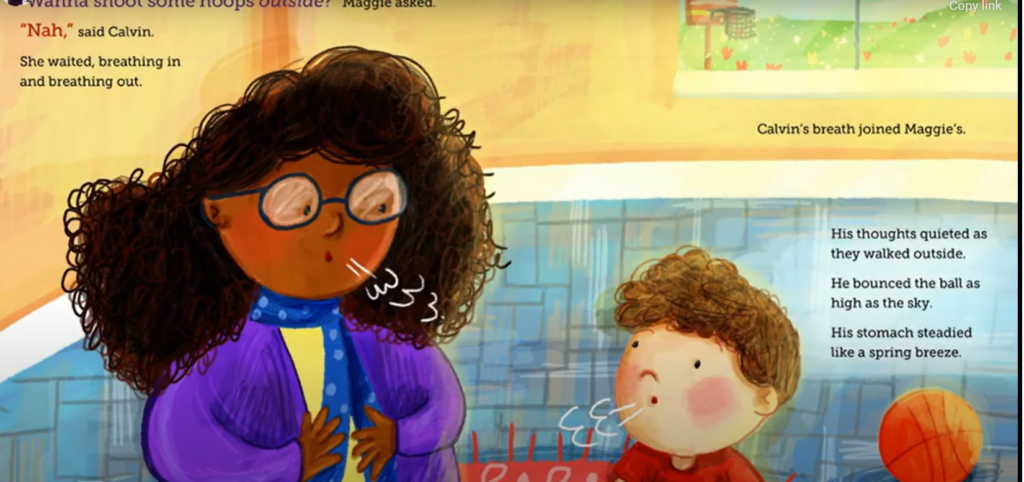
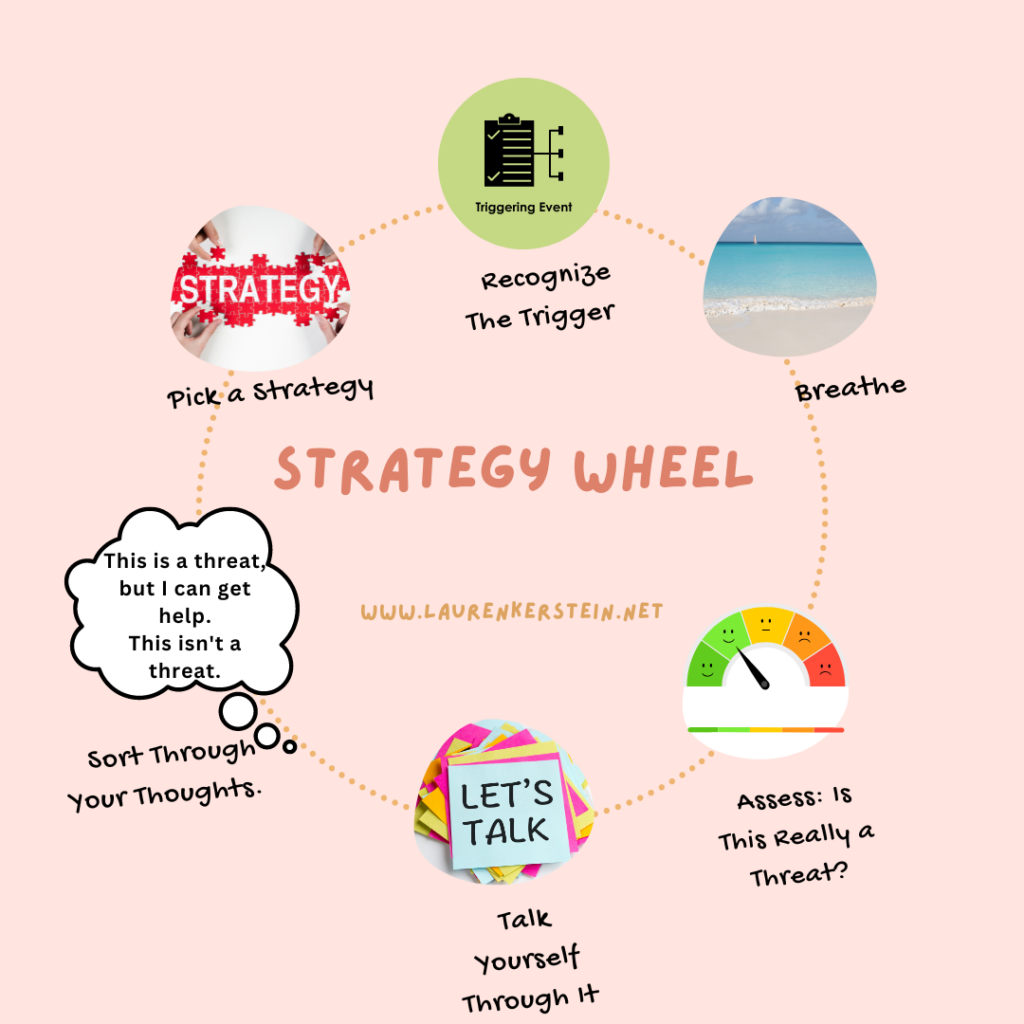
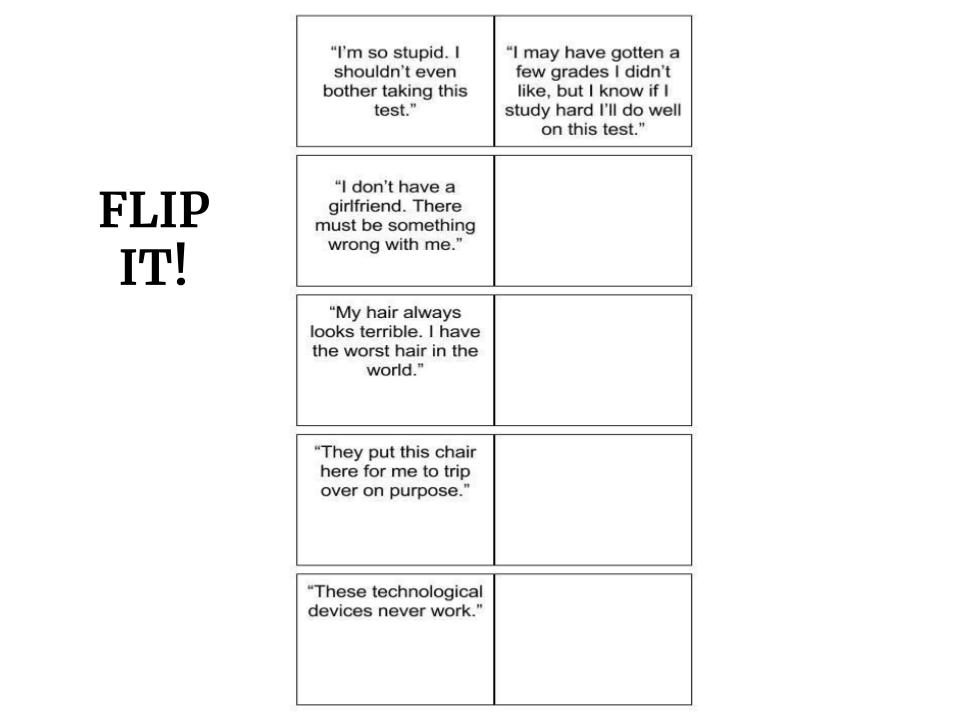




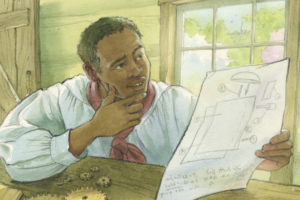


Leave a Reply
Your email is safe with me.